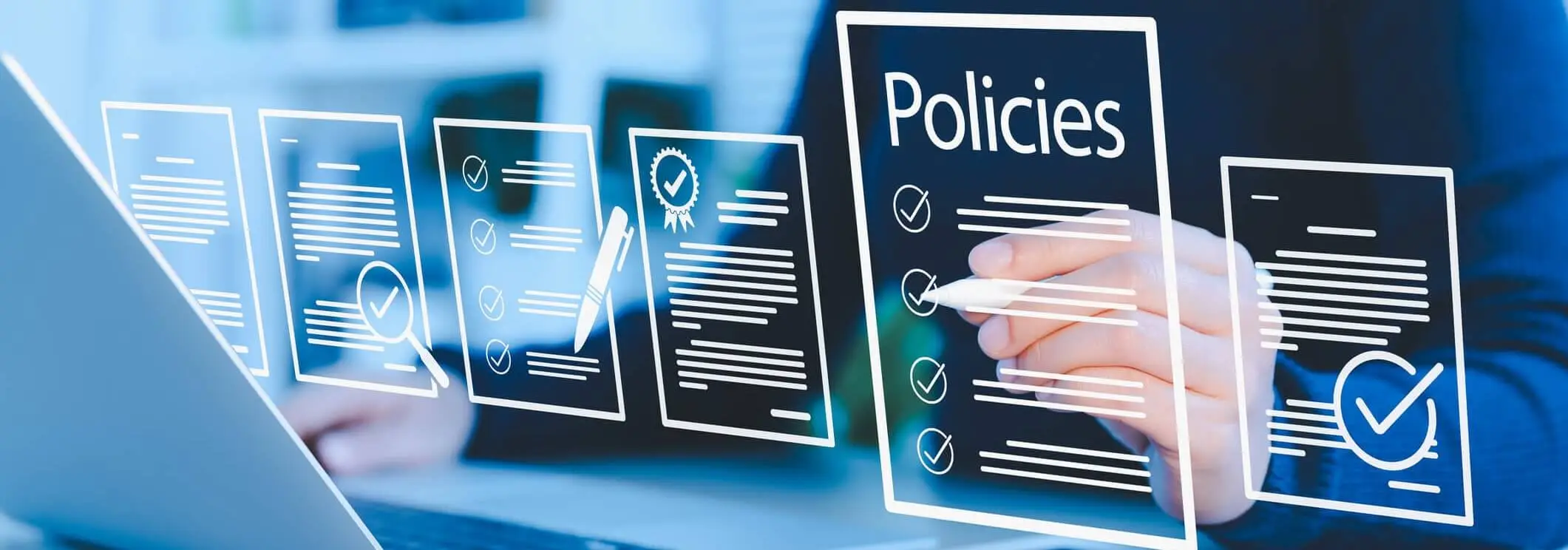It’s an age-old issue. As much as high-tech companies want partners to help them sell to and support channel customers, if they don’t enable their partners sufficiently, it doesn’t work. And, if partners’ and manufacturers’ interests in the form of incentives aren’t aligned, channel participants have no reason to exert themselves. Finally, collecting and analyzing data is another key aspect of managing the channel relationship well.
A recent Channel Focus virtual event in April 2023, called “Managing Channels in Challenging Times,” featured a panel on “incentives and Rebates: What is Really Working in 2023?” with Model’s N’s High-Tech Evangelist Chris Shrope as one of the experts. The panel focused on three related issues: partner enablement, incentives, and data. These three pillars of channel success, if executed well, can increase margins and profitability for high-tech manufacturers.
A focus on partner enablement
High-tech companies need to do more. Even at a time when most (92%) of high-tech manufacturers want partners to take on more responsibilities to drive revenue, and 82% are adding partners to their channel ecosystems, only 70% are increasing their budgets for partner training, channel incentives, and channel management, according to Channel Marketer’s Partner/Channel Marketing Benchmark Survey. In a research report commissioned by Model N, the 2023 State of Revenue Report, we found that companies that are adding partners are doing so in areas that don’t have an actual transactional focus. Indeed, it’s a completely different selling philosophy – not necessarily even selling.
In a recent Forrester report, “Leverage Data Management Solutions to Drive Channel Revenue,” high-tech manufacturers saw significant advantages from having effective channel data management software to successfully do partner enablement. Most found advantages in channel partner portals where partners could log in and see the state of sales and incentive initiatives. Also in the Forrester report was the statistic that 67% of respondents said that a channel portal would be extremely valuable in improving how they manage and drive revenue through their partners. And three in five respondents said automated channel data management (CDM) would be valuable to optimizing channel revenue processes.
Additionally, companies that acquire other companies frequently need enablement help. They’re bringing on a whole new sales team that needs to adjust to their style and how they sell. And if you bring on new partners, they need to be enabled as well.
The importance of incentives
Before you can talk about incentives, it’s essential to define the terms. Unfortunately, all too often, they are used interchangeably. Yet there are important differences. The Channel Focus panel went over the definitions of some of the most important incentives that high-tech manufacturers employ:
- Incentive: Anything that can be used as a mechanism to motivate or encourage market behavior. Often incentives are used as an umbrella term for all types of rewards.
- Rebate: A partial refund given to an entity upon meeting certain criteria. Rebates can be directed to a company or individual, but often, in B2B, rebates are designated to a company and can be flexible enough to drive a variety of outcomes.
- Sales program incentive funds (SPIFs): Funds generally targeted to an individual (sales rep, sales engineer, etc.) to achieve a desired business outcome, but can be designed toward larger groups as well, such as a department.
- Market development funds (MDFs): Used in indirect sales channels where discretionary funds are provided to a partner to drive marketing and sales activity. These are generally accrual based but can be proposal based.
- Co-op: Similar to MDFs, except the funds are accrued and “reimbursed” upon realizing actual market or sales activity.
- Discount: Typically, a percentage off the list price that is accounted for during negotiation based on several market factors such as account type, region, channel, win/rate, and volume commitments.
- Ship & debit: A classic program in high tech occurring between manufacturers and stocking distributors to manage price erosion in the channel. The manufacturer accrues debits while the distributor accrues credits. Reconciliation through payment or deductions.
- Market price programs (MPPs): Programs used to drive inventory sales through the distributor channel. MPPs work best when inventory levels are too high. The manufacturer then lowers product prices in an attempt to drive more sales.
- Deal registration: When a channel partner, such as a reseller or a value-added reseller (VAR), informs the vendor about a sales lead. If approved by the vendor, the partner is given priority to pursue that lead for a prescribed amount of time without competition from the direct salesforce or another partner.
- Design registration: The process by which a semiconductor manufacturer collects detailed information about opportunities in an end customer product design brought to it by the distributor or other channel partner and “registers” it. Design registration is intended to drive channel sales through distributors, leveraging the distributor sales and engineering resources, so they can find new markets and opportunities for these specific electronic components/parts, most of which are on the trailing edge.
- Co-sell: When working in the channel and partners, companies will combine resources such as “lending” sales personnel to work directly with partners on a deal, often toward closing a specific customer.
- Non-monetary rewards: The need to better reward partners influencing customers outside the point of sale continues to be top of mind. Points systems and gamification come to mind here. Some partners respond to commissions; some would like to receive points to redeem for merchandise or trips or maybe even donate it to charity.
Align incentives: match what you need with what the partner wants (and can) sell
The Channel Focus virtual discussion panel also discussed how it’s essential that the partner sees value in the product or products you are incentivizing. They must make more margin at the end of the day for any incentive to work long-term. Manufacturers must align what they value with their partner’s values. It won’t work if you’re pushing a performance rebate for a particular product, but the partner isn’t interested because it does not make economic sense to do so. Instead of selling one component, perhaps the partner wants to sell it as a bundle because there’s more margin for them. Aligning these values can drive toward better commitments and attaining shared goals.
One of the biggest levers to successful incentives is personalization. Partner engagement is all about personalization — delivering the right message to the right person at the right time. Today, incentive programs can have up to 100 different personalizations, not just by partner level or partner tier, but by partner go-to-market strategy or business model. One size definitely doesn’t fit all.
Data: the lifeblood of incentive programs
But for all this to work, you need data that you are harvest insights from. You need software that can do this kind of analysis and then create alerts. This can drive tremendous value for an organization. You have to ensure that your data is clean, of high quality, and that it is kept absolutely secure. That’s because you’re translating data – much of it from outside your organization – to drive actionable insights and better decisions, as well as process improvements.
Done right, and with proper stewardship, management of incentive and channel data can benefit many teams within your organization. It benefits marketing, sales, operations, supply chain, finance, and more. That’s why there’s an imperative that it is clean and trustworthy – especially the channel data you are getting from partners. More sophisticated manufacturers will even calculate and collect metrics on the quality of data, which can be in the form of a partner scorecard. Because metrics are really the only way to measure the success of your enablement and incentive programs.
Keep it simple
If a partner needs an abacus and a spreadsheet and a scientific calculator to figure out how to make a profitable deal with you, then you are not doing it right. Your enablement and incentive programs need to be very straightforward, and easy to implement from the partner’s perspective – no matter how complex it is behind the scenes at your organization. That’s where a partner who can provide the intelligence and automation to manage that complexity becomes incredibly important.
To learn more about how you can consciously evolve your channel revenue process, schedule some time with our team to talk channel incentives and enablement capabilities, schedule time here.













